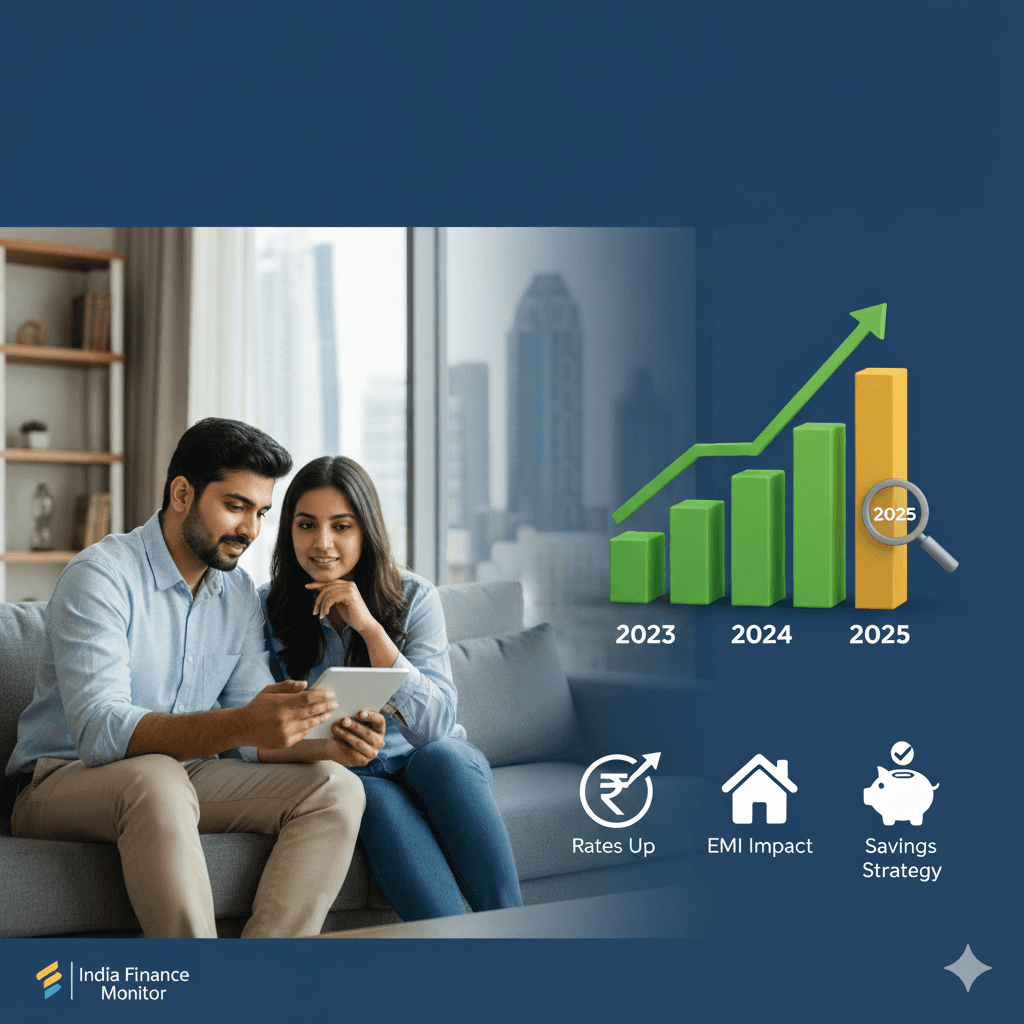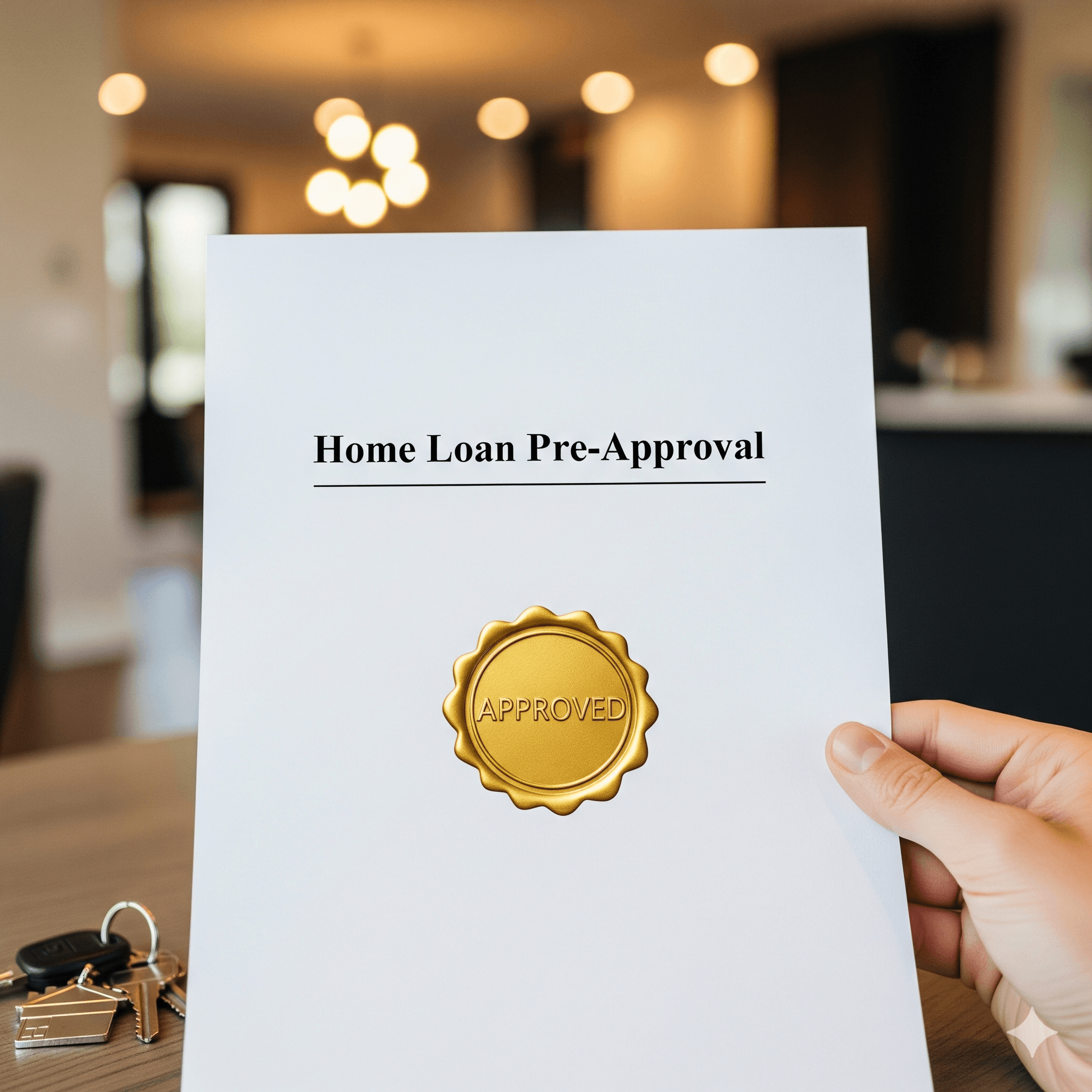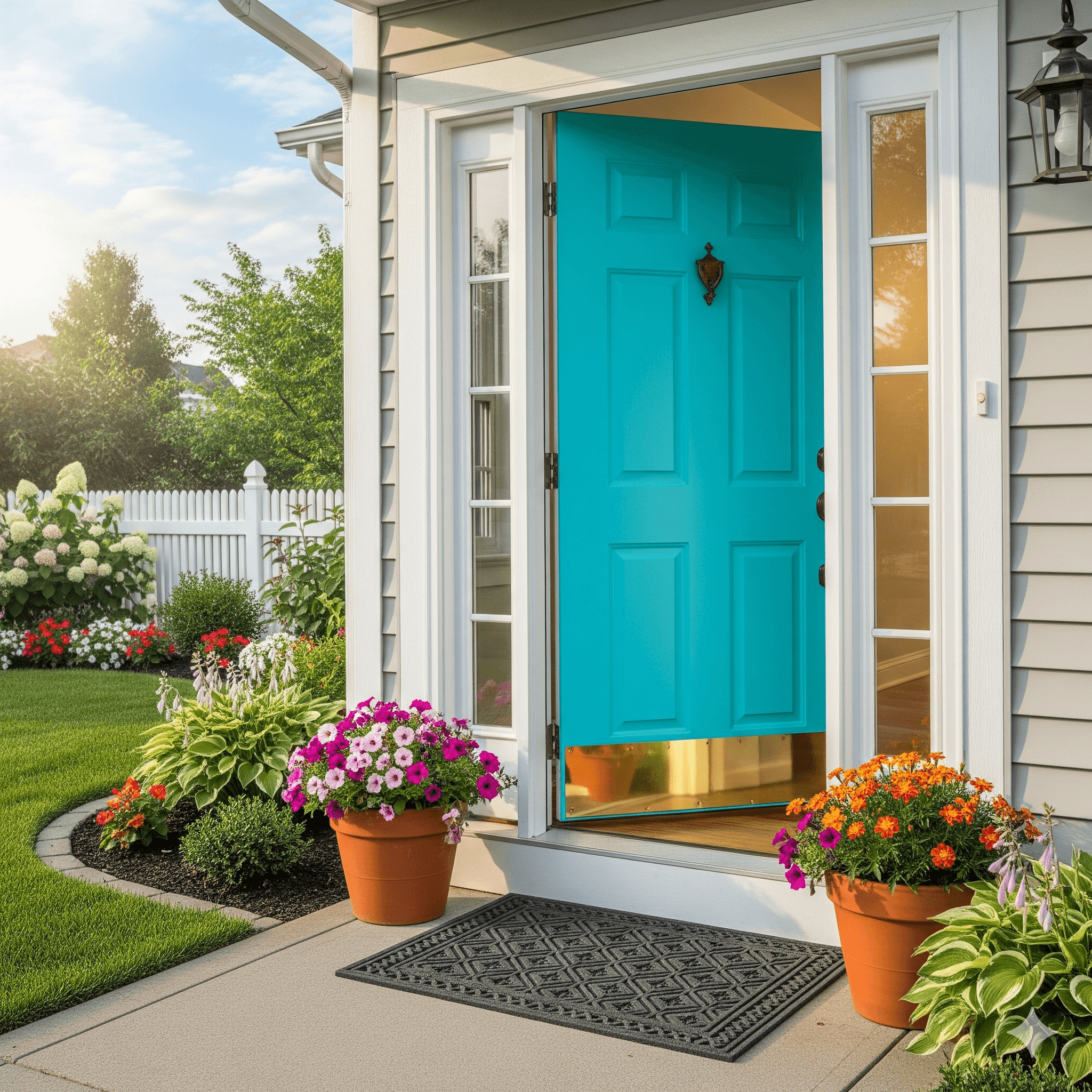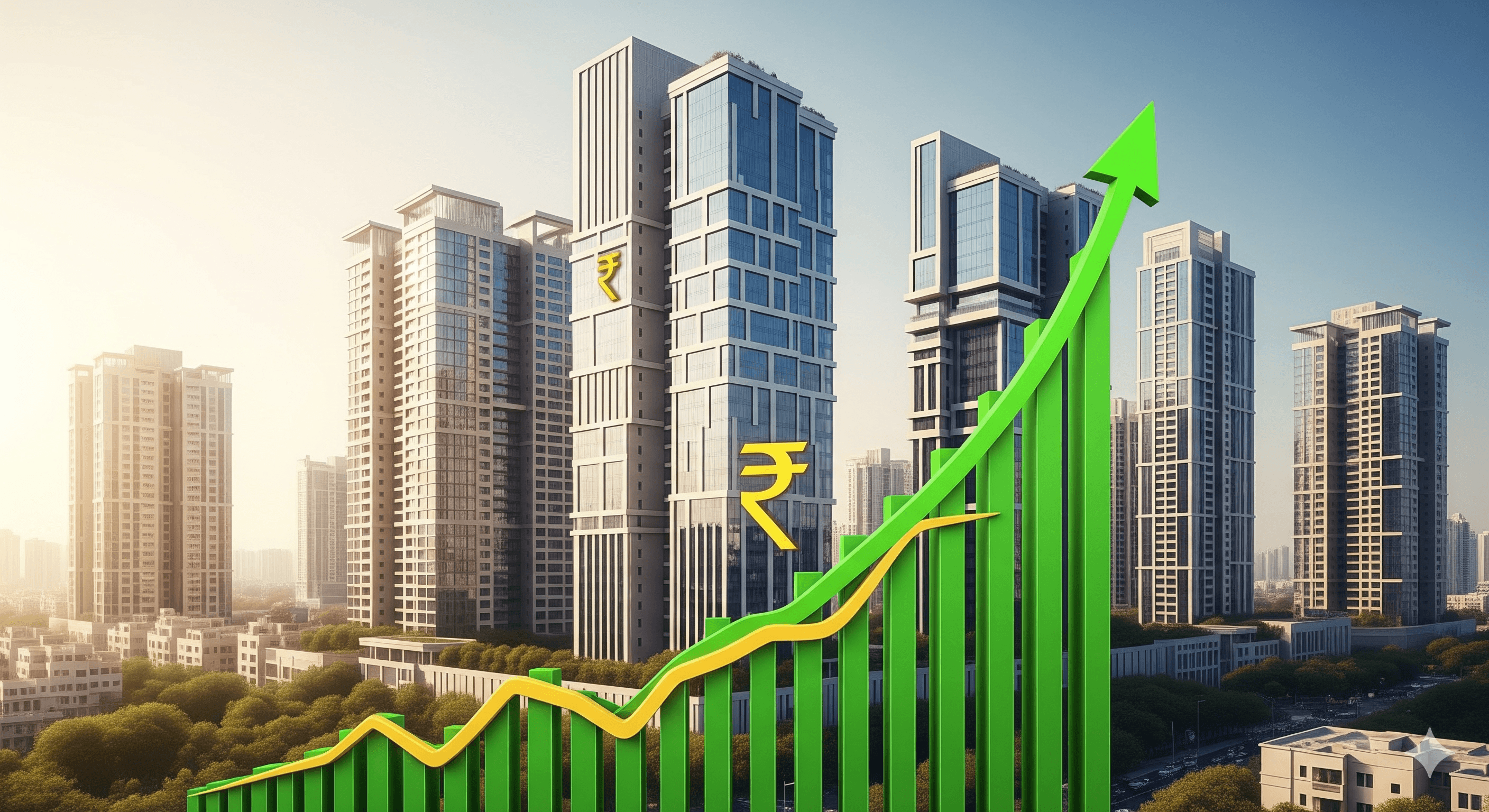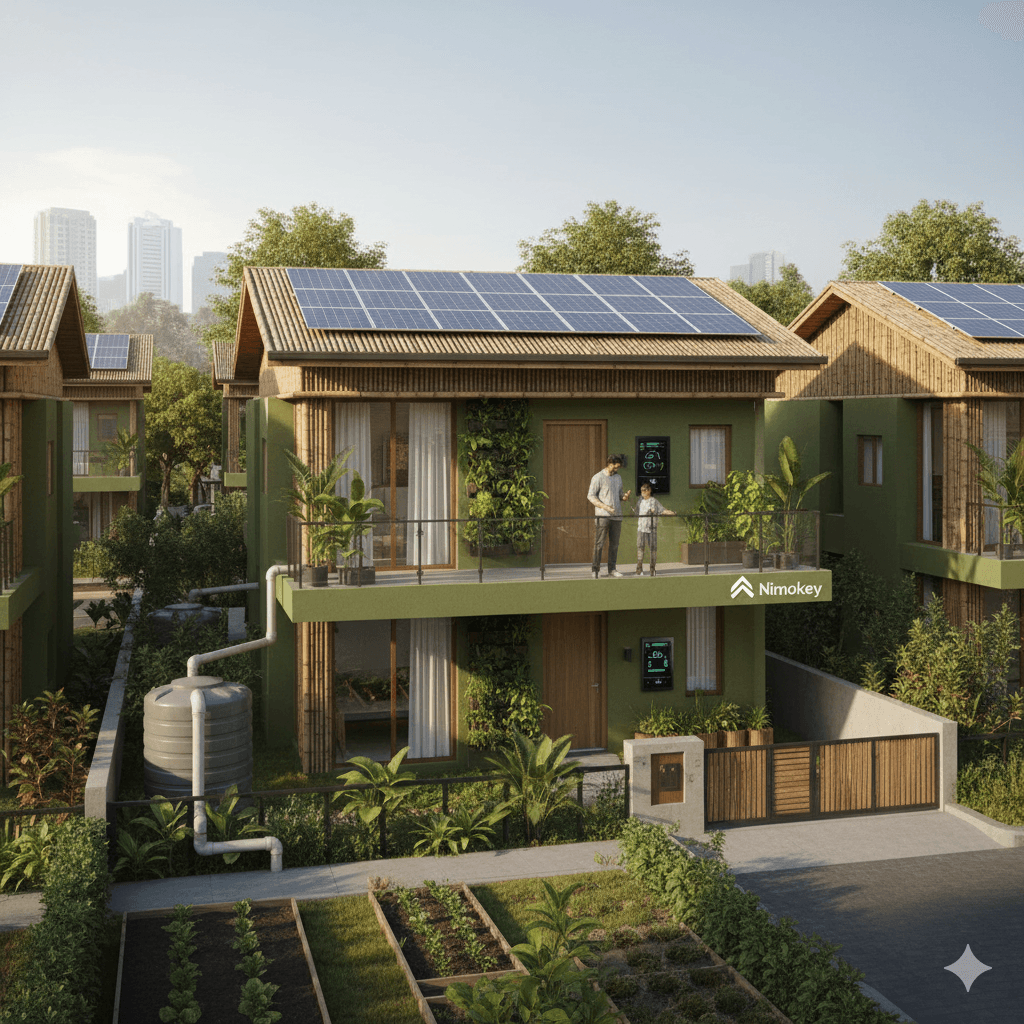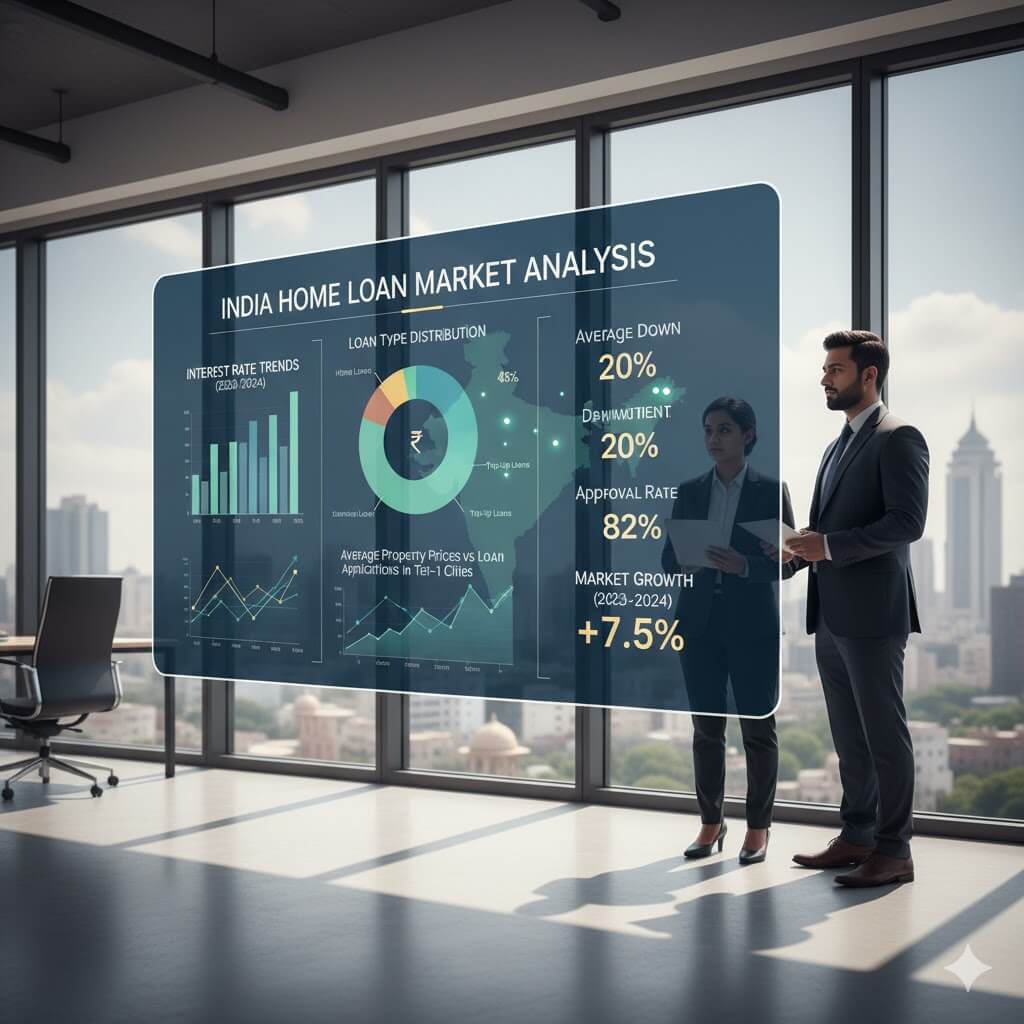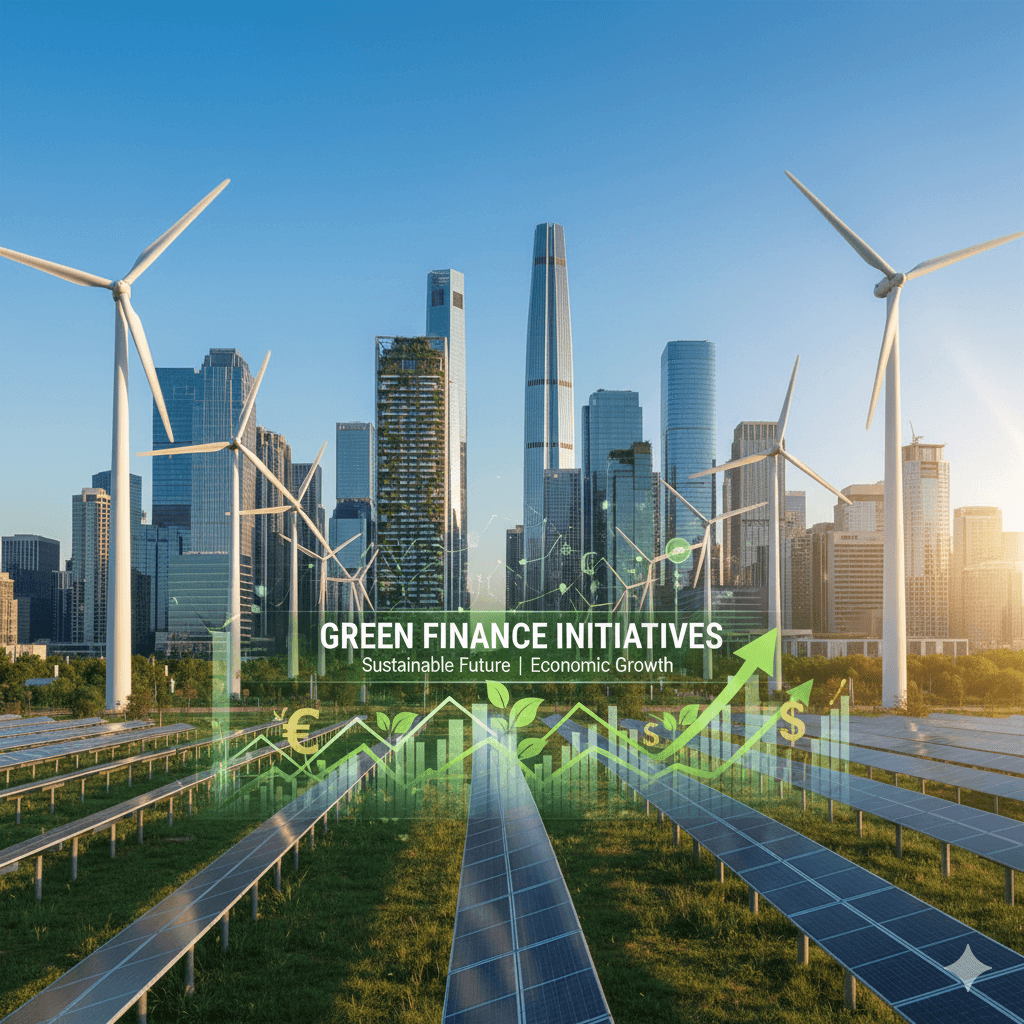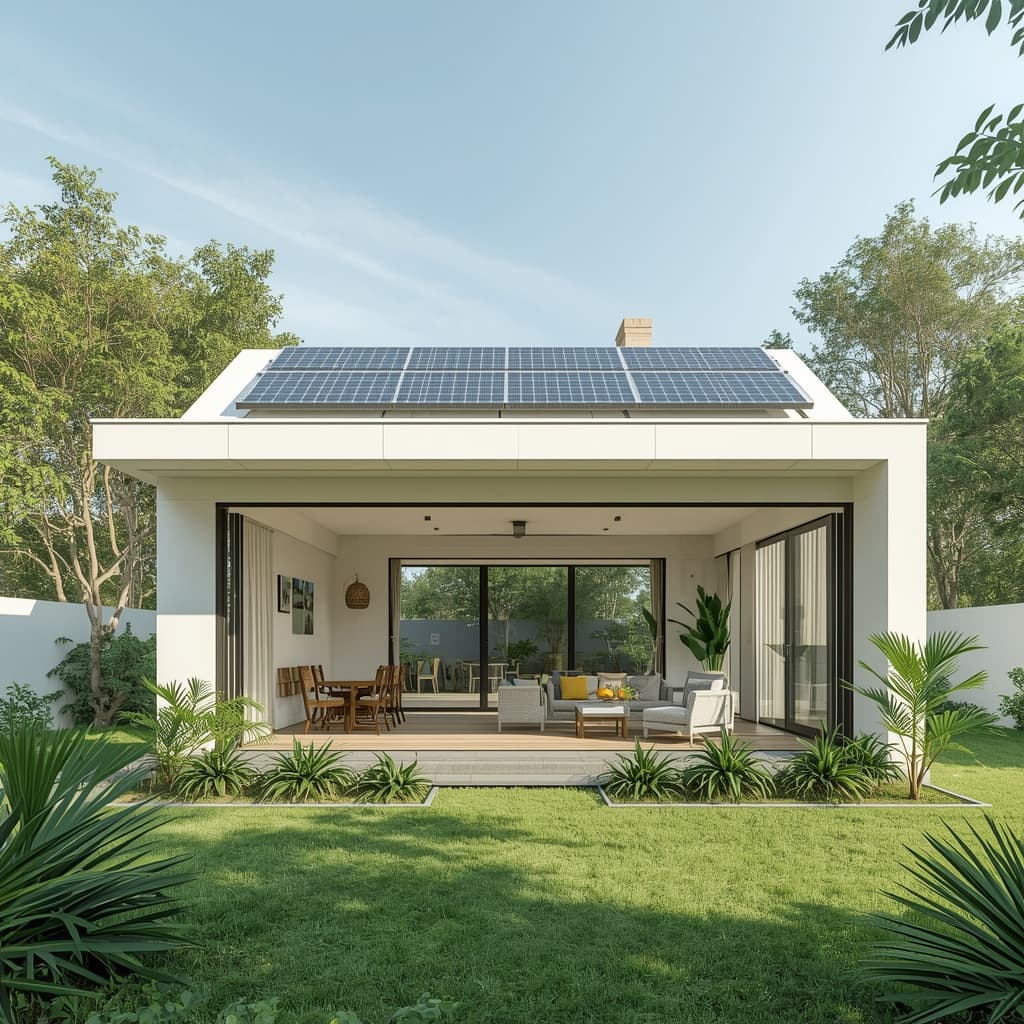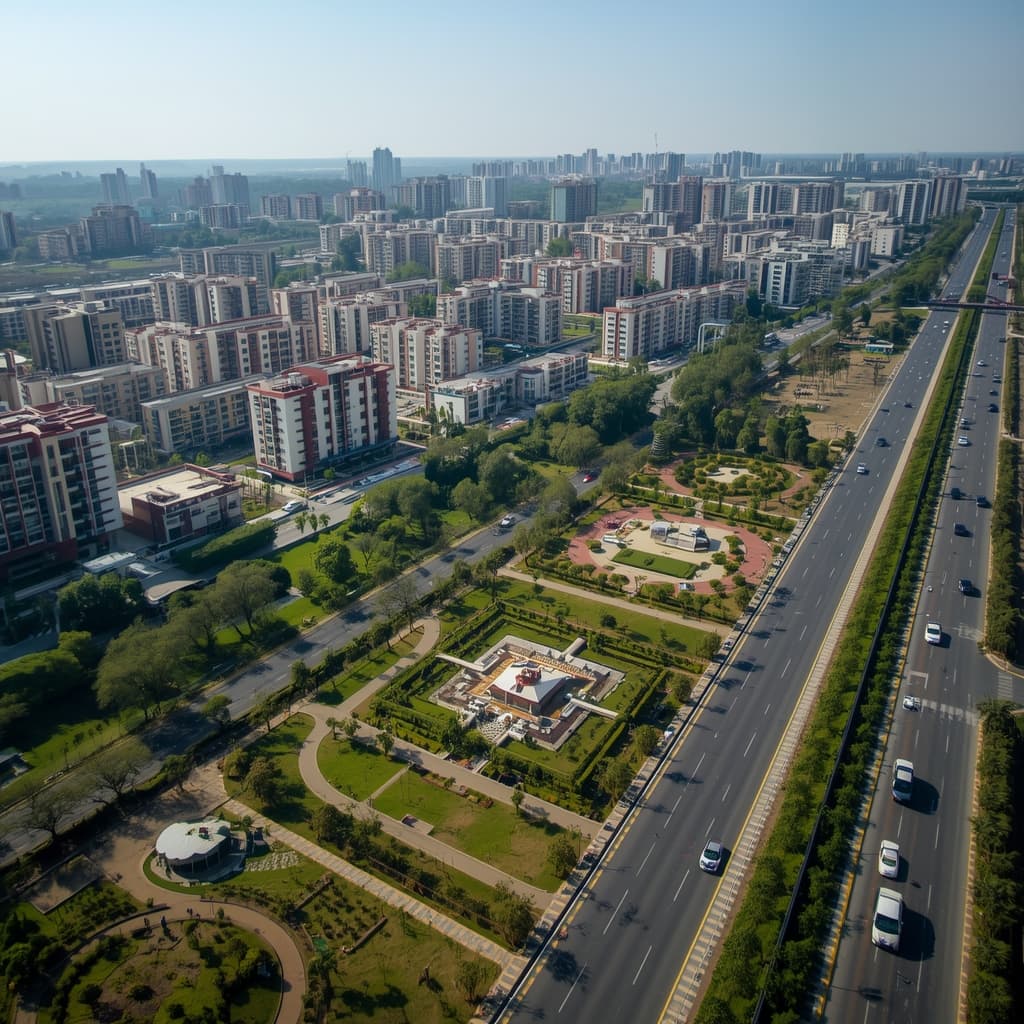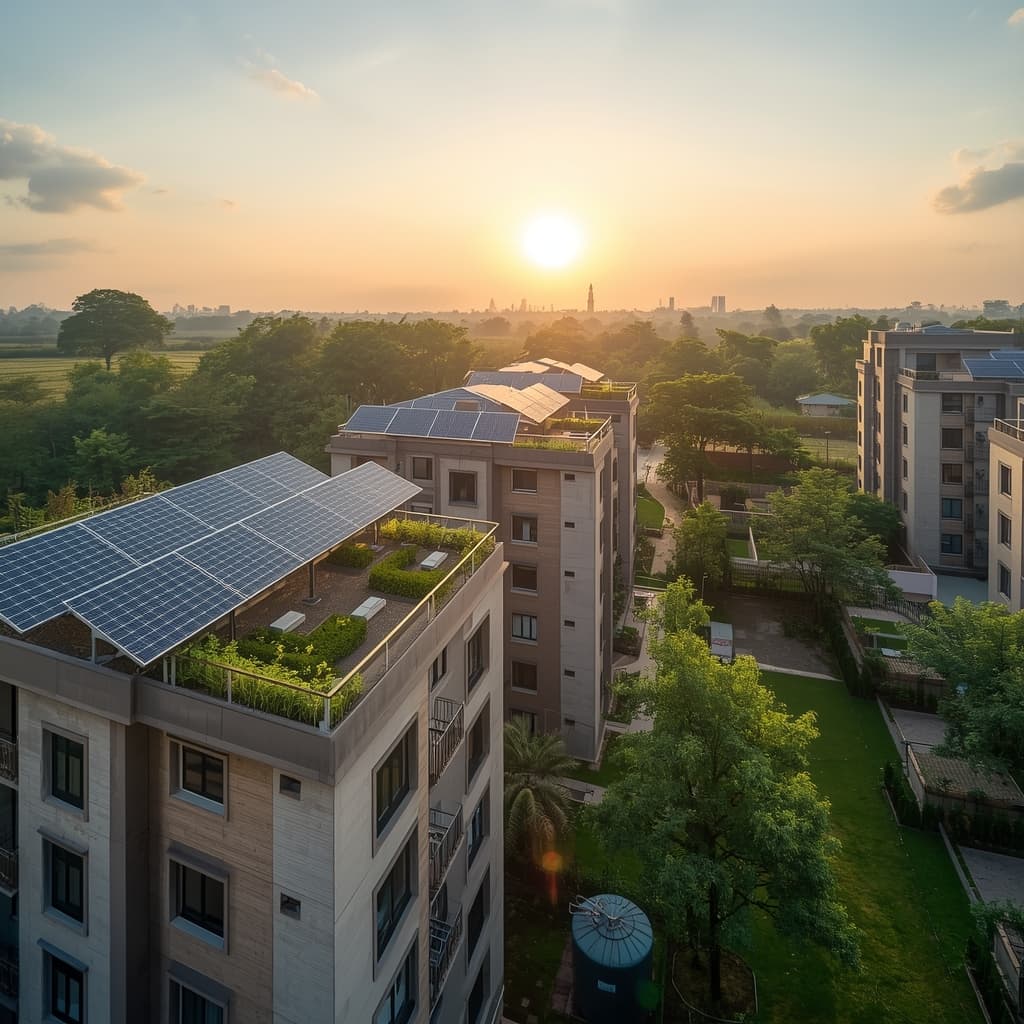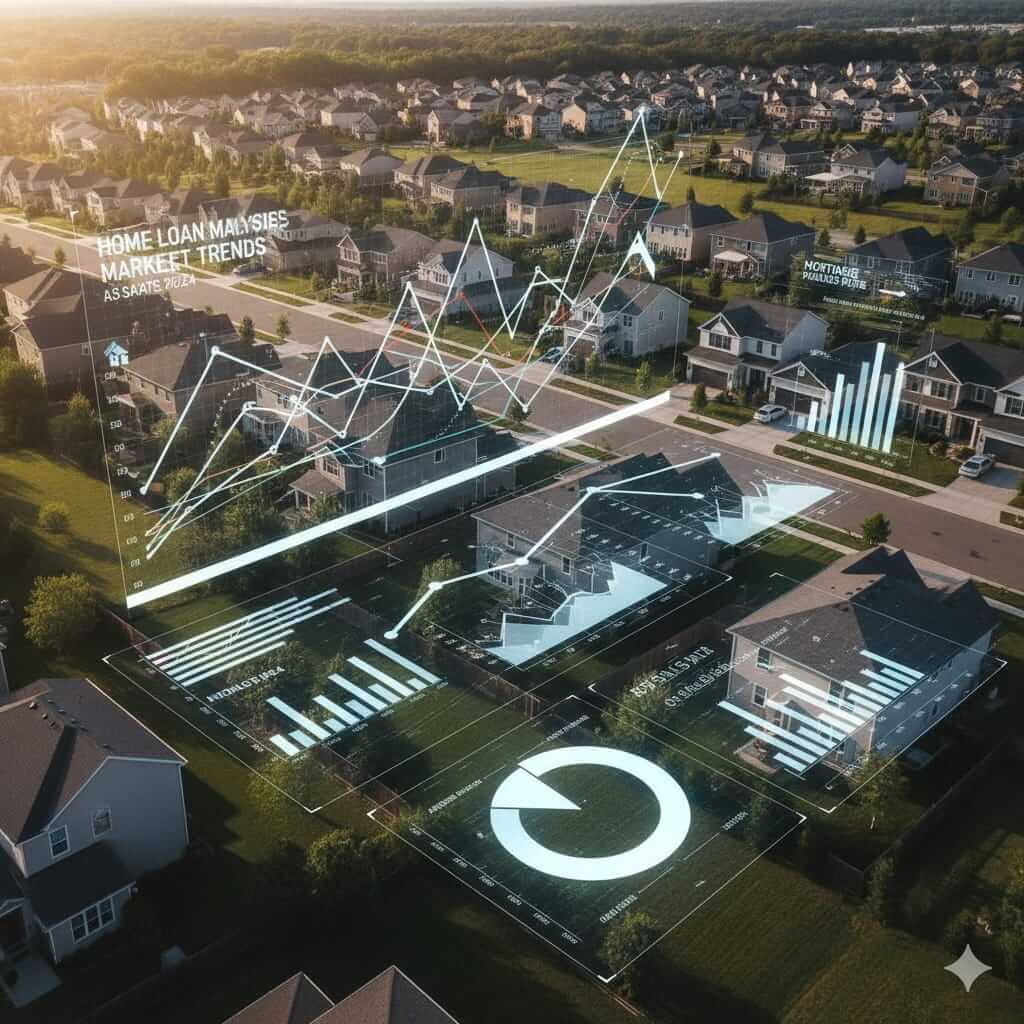Interest Rate Types: Fixed vs Floating Rate Preferences Among Indian Borrowers
Explore how Indian borrowers are choosing between fixed and floating home loan interest rates in 2025, the pros and cons of each type, and what trends are shaping borrower preferences.

In 2025, the home loan market in India continues to witness a dynamic shift as borrowers carefully weigh their options between fixed and floating interest rate structures. With changing economic conditions, RBI policy shifts, and evolving customer awareness, the decision between fixed and floating rates has become more strategic than ever.
1. Understanding Fixed Interest Rates
A fixed interest rate remains constant throughout the loan tenure or for a predetermined period. This structure appeals to borrowers who value predictability and stability in their EMIs (Equated Monthly Installments). Regardless of market fluctuations, the borrower pays a uniform rate, ensuring peace of mind and straightforward financial planning.
Fixed-rate loans are ideal in periods of rising interest rates or when the borrower expects the economy to experience inflationary pressures. However, since these rates often start slightly higher than floating ones, they may result in higher total interest costs if the market rates remain stable or decline.
2. Understanding Floating Interest Rates
Floating or variable interest rates fluctuate over the loan's tenure, moving in line with the lender's benchmark rate or external reference such as the Repo Rate. This means EMIs can increase or decrease depending on market conditions.
Floating rates are preferred by borrowers confident about a stable or declining interest rate environment. These loans often start at lower rates, offering potential long-term savings. However, they come with uncertaintymonthly payments may vary, impacting financial predictability.
3. Borrower Preferences in 2025
According to recent lending trends, the majority of Indian home loan borrowers in 2025 are leaning toward floating rate loans, driven by expectations of moderate inflation and RBI's cautious monetary stance. However, there's also a growing hybrid trendwhere borrowers lock a portion of their loan at a fixed rate while keeping the rest floatingto balance risk and flexibility.
Data from major lenders like SBI, HDFC Bank, and ICICI Bank indicate that around 6570% of new borrowers prefer floating rates due to their lower initial EMIs and the ability to benefit from downward revisions in benchmark rates. Meanwhile, risk-averse customers, particularly salaried professionals and first-time home buyers, continue to favor fixed-rate products for their predictability.
4. Pros and Cons of Each Type
Fixed Rate Advantages: Stability, predictability, and immunity to market volatility. Suitable for long-term financial planning.
Fixed Rate Disadvantages: Higher starting rate, no benefit from falling market rates, and potential prepayment penalties.
Floating Rate Advantages: Lower initial interest, flexibility, and the ability to capitalize on falling interest rate cycles.
Floating Rate Disadvantages: EMI fluctuations, higher risk in uncertain markets, and possible budget strain during rate hikes.
5. Factors Influencing Borrower Choice
Borrower preference between fixed and floating rates is influenced by several factors including income stability, market outlook, loan tenure, and risk tolerance. Younger borrowers with long tenures and flexible budgets tend to prefer floating rates, while older or conservative borrowers often opt for fixed rates to maintain consistent EMIs.
Additionally, digital loan comparison tools and financial literacy campaigns have made borrowers more aware of the implications of their rate choice, leading to more informed decisions.
6. The Role of RBI Policies
The Reserve Bank of India's monetary policies play a critical role in determining borrower behavior. In 2025, with the repo rate expected to remain stable after a series of moderate hikes in the previous years, floating rate borrowers may continue to enjoy competitive pricing. Meanwhile, fixed rate products may see renewed interest if inflation pressures build up again.
7. Hybrid Rate Options: The Emerging Middle Ground
A growing number of lenders are introducing hybrid or combination loan options. These allow borrowers to fix the rate for the first few years (typically 35 years) and then automatically switch to a floating structure. This hybrid approach provides both initial stability and long-term flexibility, appealing to the new-age borrower seeking balance between certainty and opportunity.
8. Expert Tips for Borrowers
- Assess your risk tolerance before choosing a rate type.
- Compare total interest outgo using loan calculators before finalizing a loan structure.
- Monitor RBI rate trends regularly to evaluate switching opportunities.
- Consider hybrid options if you want a mix of stability and savings potential.
- Consult a financial advisor before making long-term commitments.
9. Conclusion
The debate between fixed and floating home loan rates continues to evolve in India's growing financial landscape. In 2025, borrower preferences reflect a more nuanced understanding of risk and reward. While floating rates dominate due to their potential for savings, fixed and hybrid options remain essential for those valuing consistency. The best choice ultimately depends on individual goals, market outlook, and financial discipline but one thing is clear: informed borrowers are shaping the future of India's home loan market.
About Ayushi Payal
Real estate expert with over 10 years of experience helping clients navigate the property market. Specializing in market analysis and market analysis.

